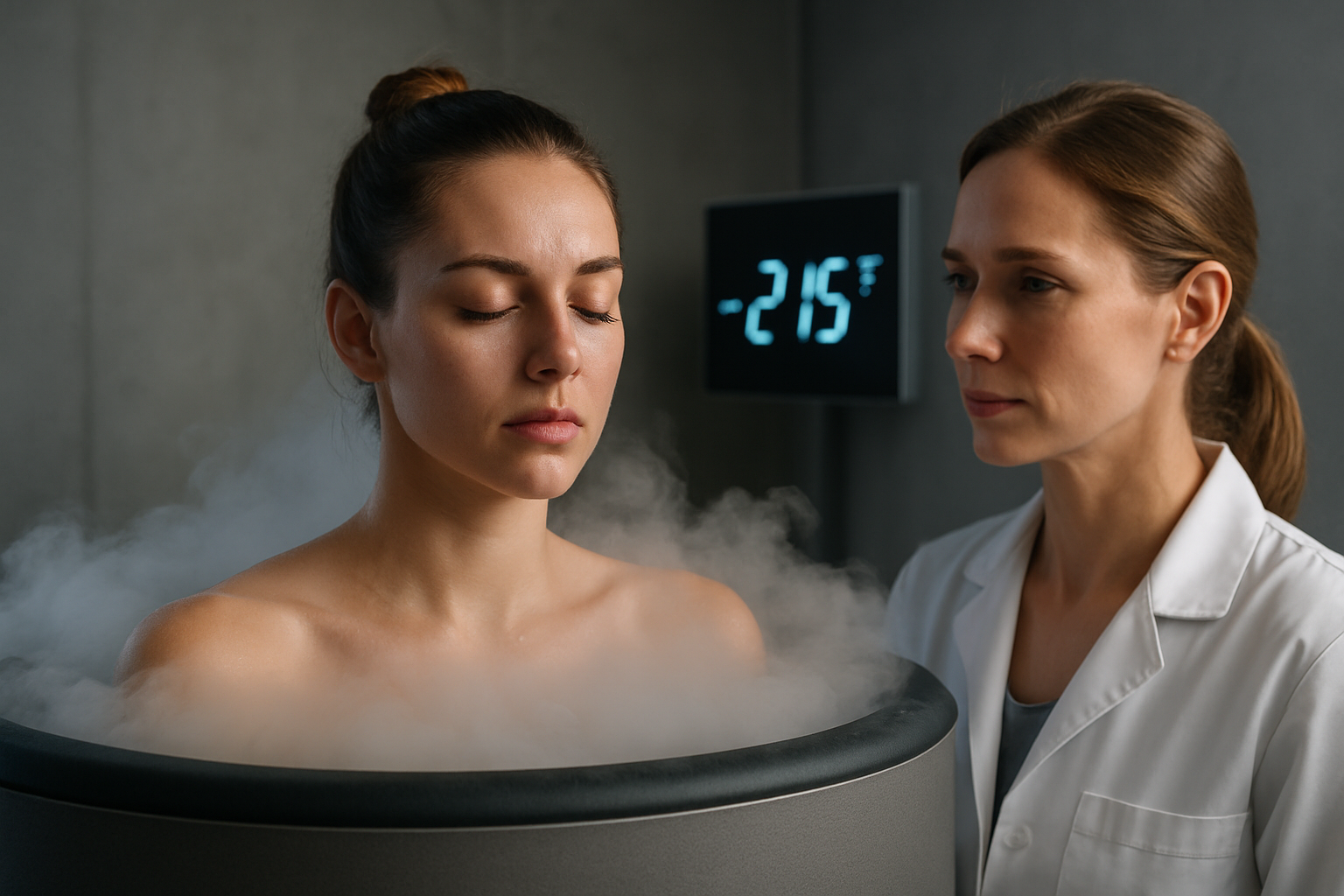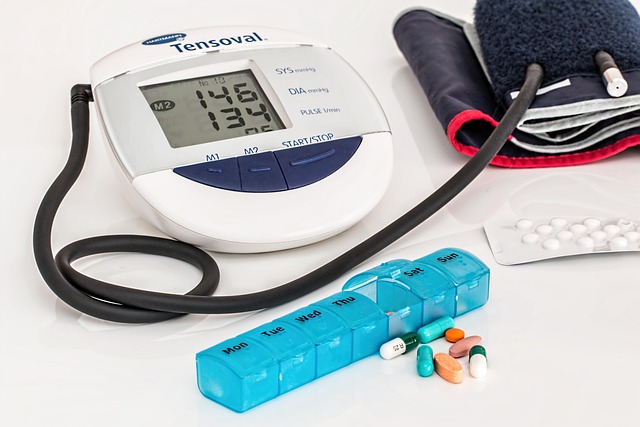Discover the Future of Dental Implants: Screwless Solutions for a New Era
Dental implant technology has evolved significantly in recent years, particularly benefiting seniors seeking tooth replacement options. Among the most innovative developments are screwless dental implants, which offer a less invasive alternative to traditional methods. These revolutionary solutions are changing how dental professionals approach tooth restoration, providing seniors with more comfortable, efficient, and potentially longer-lasting options for maintaining their oral health and quality of life.

The dental implant industry continues to advance with new technologies designed to improve patient outcomes and streamline treatment procedures. Screwless dental implants have emerged as an alternative approach to tooth replacement, challenging the long-established screw-based systems that have dominated the field for years. As more dental professionals explore these innovative solutions, patients are beginning to ask whether screwless options might be right for their specific needs.
What Are Screwless Dental Implants?
Screwless dental implants represent a category of tooth replacement systems that do not rely on traditional screw mechanisms to secure the implant components together. Instead of using a screw to attach the abutment (the connector piece) to the implant post embedded in the jawbone, these systems employ alternative connection methods such as friction-fit designs, cement retention, or specialized locking mechanisms. The implant post itself is still surgically placed into the jawbone, where it integrates through osseointegration, but the way the visible crown connects to this foundation differs fundamentally from conventional approaches. Some screwless systems use tapered connections that create secure bonds through precise engineering and material science rather than threaded fasteners.
Why Are Screwless Implants Becoming a Popular Choice?
Several factors contribute to the growing interest in screwless dental implant systems among both patients and dental professionals. One primary advantage is the potential reduction in mechanical complications. Traditional screw-retained implants can experience screw loosening or fracture over time, requiring maintenance visits and occasional repairs. Screwless designs eliminate this particular failure point, potentially offering greater long-term stability. Additionally, the absence of a screw access hole in the crown allows for more aesthetic restorations, as dentists do not need to fill a visible opening on the chewing surface of the tooth. The simplified design may also reduce chair time during certain procedures, making appointments more efficient. Some patients report improved comfort with screwless systems, though individual experiences vary based on multiple factors including implant placement, bone quality, and overall oral health.
How Do Screwless Implants Work?
The functional mechanism of screwless dental implants depends on the specific system design chosen by the dental professional. Cement-retained screwless implants involve bonding the crown directly to the abutment using dental cement, creating a permanent connection that distributes forces across the implant structure. Friction-fit or press-fit systems rely on precisely manufactured components that lock together through mechanical interference, where the parts are engineered to exact tolerances that create secure bonds without additional fasteners. Some advanced screwless designs incorporate internal locking mechanisms activated during placement, which engage and hold components firmly in position. The implant post itself still requires surgical placement into the jawbone, where it undergoes the same osseointegration process as traditional implants, typically taking several months for complete bone fusion. Once integration is complete, the final restoration can be attached using the screwless connection method appropriate to the chosen system.
Comparing Screwless and Traditional Dental Implants
When evaluating screwless versus traditional screw-retained dental implants, patients should consider several key differences that may influence treatment outcomes and long-term satisfaction. Traditional implants have decades of clinical research supporting their effectiveness and predictability, with success rates typically exceeding 95 percent when properly placed and maintained. Screwless systems, being newer innovations, have less extensive long-term data, though early studies show promising results. Retrievability represents an important consideration: screw-retained implants allow dentists to remove and replace crowns relatively easily if repairs or adjustments become necessary, while cement-retained or permanently bonded screwless systems may require crown destruction for removal. Cost factors vary depending on the specific system, geographic location, and dental practice, but patients should expect comparable pricing between quality implant options.
| Implant Type | Connection Method | Key Advantages | Potential Considerations |
|---|---|---|---|
| Traditional Screw-Retained | Threaded screw fastener | Retrievable, extensive research, easily serviced | Screw loosening risk, access hole visible |
| Cement-Retained Screwless | Dental cement bond | No screw complications, superior aesthetics | Difficult to remove, excess cement concerns |
| Friction-Fit Screwless | Precision-engineered lock | Simplified placement, stable connection | Limited long-term data, specialized components |
| Hybrid Systems | Combined mechanisms | Flexibility in approach | Complexity varies by system |
Prices, rates, or cost estimates mentioned in this article are based on the latest available information but may change over time. Independent research is advised before making financial decisions.
Making an Informed Decision About Your Dental Implant Options
Choosing between screwless and traditional dental implants requires careful consultation with a qualified dental professional who can assess your specific oral health situation, bone quality, aesthetic goals, and long-term maintenance preferences. Not all patients are suitable candidates for every implant type, and factors such as bite force, jaw anatomy, and existing dental conditions play significant roles in determining the most appropriate treatment approach. Dental professionals with experience in multiple implant systems can provide valuable guidance based on current evidence and clinical outcomes. Patients should ask detailed questions about success rates, potential complications, maintenance requirements, and what happens if future adjustments become necessary. Understanding the complete picture of benefits and limitations helps ensure realistic expectations and satisfaction with the chosen tooth replacement solution.
The evolution of dental implant technology continues to provide patients with increasingly sophisticated options for restoring missing teeth. Screwless dental implants represent one pathway in this ongoing innovation, offering distinct advantages in certain clinical situations while presenting unique considerations in others. As research progresses and long-term data accumulates, the role of screwless systems in comprehensive dental care will become clearer. For now, patients benefit most from thorough consultations with experienced dental professionals who can match individual needs with the most appropriate implant technology available.
This article is for informational purposes only and should not be considered medical advice. Please consult a qualified healthcare professional for personalized guidance and treatment.




